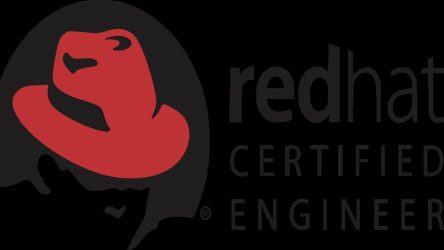Installing updates for software packages or the kernel itself, is a highly recommended and beneficial task for system administrators; more especially when it comes to security updates or patches. While security vulnerabilities are discovered, the affected software must be updated so as to lessen any potential security risks to the whole system.
If you have not configured your system to install security patches or updates automatically, then you need to do it manually. In this article, we will show you how to check and install software updates on CentOS and RHEL distributions.
To check for any updates available for your installed packages, use YUM package manager with the check-update subcommand; this helps you to see all package updates from all repositories if any are available.
yum check-update
To update a single package to the latest available version, run the command below. In this example, yum will attempt to update the httpd package/service.
yum update httpd
To update a package group, the command that follows will update your development tools (C and C++ compiler plus related utilities).
yum update "Development Tools"
To upgrade all of your system software as well as their dependencies to the latest version, use this command:
yum update
Always keep your Linux system/machine/vps up to date with the latest security and general package updates. If you have any questions to ask then leave in the comment.

